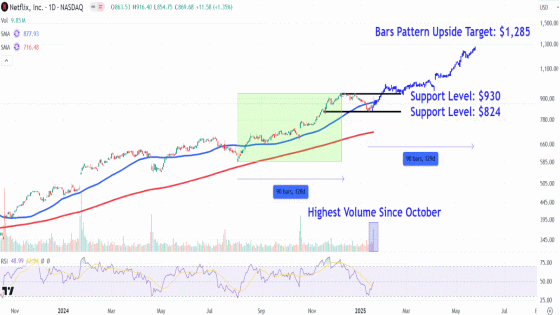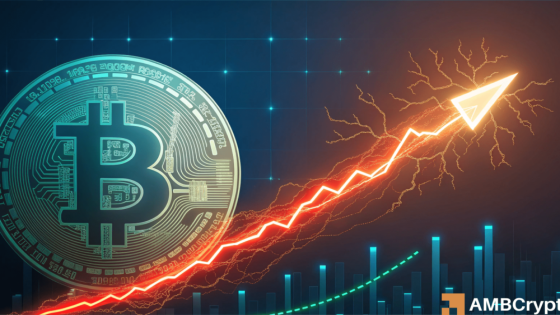On February 16, 2025, Dogecoin (DOGE) attracted significant attention from crypto enthusiasts amid ongoing market uncertainty. Despite a general decline in asset prices, DOGE saw notable bullish sentiment among traders, with many opting for long positions, as reported by the on-chain analytics firm Coinglass.
- Dogecoin gains attention amid market uncertainty.
- $18 million DOGE outflow indicates accumulation.
- 76% of DOGE traders favor long positions.
- DOGE price drops over 3.5% recently.
- Trading volume declines by 45%.
- Potential resistance at $0.28 for DOGE.
Recent data indicates that cryptocurrency exchanges have recorded an outflow of $18 million worth of Dogecoin in just 24 hours. This trend suggests that investors are accumulating the memecoin, which could create buying pressure in the future. The sentiment among traders is reflected in Binance’s DOGE/USDT long/short ratio of 3.15, meaning there are more than three long positions for every short position. Currently, 76% of top DOGE traders on Binance are holding long positions.
Despite these bullish metrics, Dogecoin’s price has not responded positively, trading around $0.26 after a 3.5% drop in the last 24 hours. Additionally, trading volume decreased by 45%, indicating reduced activity among traders compared to the previous day. Technical analysis shows that DOGE is trading within the golden Fibonacci zone, which is traditionally seen as a favorable area for long positions. However, market sentiment has prevented DOGE from breaking through the $0.28 resistance level.
If Dogecoin manages to close above this resistance, it could potentially rise by 35% to reach $0.39 in the coming days. Currently, DOGE is trading above the 200 Exponential Moving Average (EMA) on both weekly and daily time frames, suggesting an overall uptrend. The combination of on-chain metrics and technical analysis points to a possible bullish breakout for the memecoin.
In summary, while Dogecoin is facing price challenges, the strong bullish sentiment among traders and significant outflows from exchanges suggest a potential for future gains if market conditions improve.

































